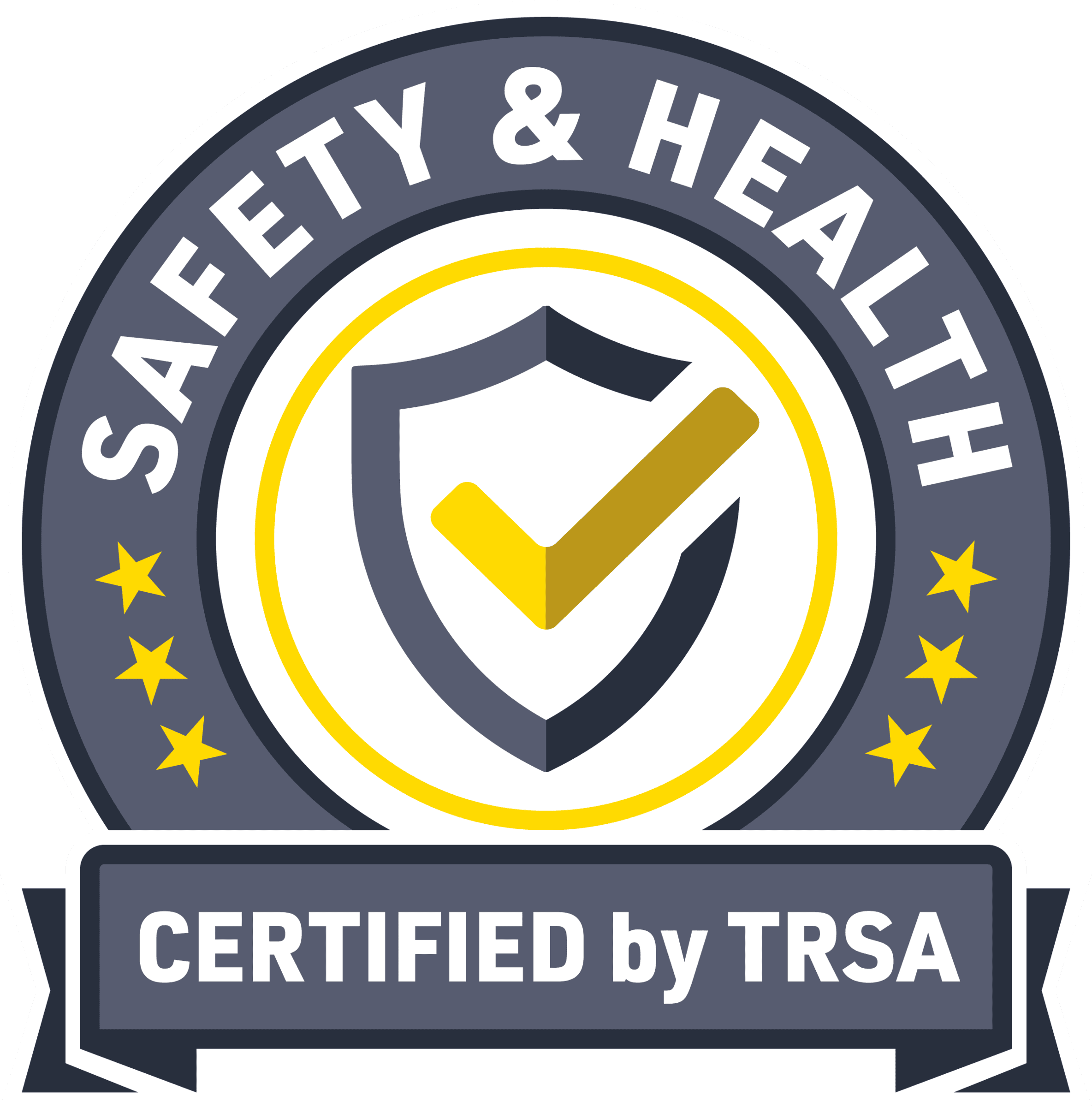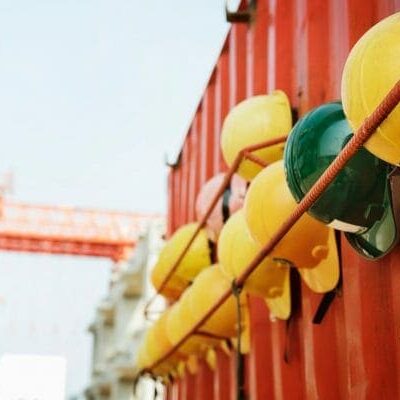
Why Safety & Health Certification?
The Safety & Heath certification recognizes your facility’s commitment to safety and health (S&H) excellence. This certification verifies that your facility voluntarily meets S&H standards that consistently exceed basic OSHA requirements. The S&H certification is based on a portion of the OSHA Voluntary Protection Program (VPP) STAR certification guidelines, and focuses on four major elements reviewed at individual locations:
- Management Leadership and Employee Involvement
- Worksite Hazard Analysis
- Hazard Prevention and Control
- Safety and Health Training
Safety performance drives employee engagement, and employee engagement drives improved business results.
What are the Benefits of the Safety & Health Certification?
Make safety a priority value for your facility with the Safety & Health Certification. The Safety and Health Certification program will help your facility standardize an effective safety program that helps protect financial, human and physical assets by helping to create and implement protocol and safety compliance plans. Strong safety programs help build a solid business foundation.


Bottom Line Impact
Other direct and indirect costs for injuries that may negatively impact employer bottom lines*:
- Medical expenses
- Costs for legal services
- Training replacement employees
- Accident investigation
- Possible punitive fines and damages
- Implementation of corrective measures
- Lost productivity
- Repairs of damaged equipment/property
- Costs associated with the resultant drop in employee morals and absenteeism. (OSHA.gov).
*Discover the potential impact work related injuries and illnesses may have on your company’s bottom line with OSHA’s Safety Pays calculator.
How Does it Work?
Apply Now
Thank you for your interest in the Safety & Health Certification Program. To apply for or renew your Safety & Health certification, please download the application by selecting the appropriate button below. Please email or mail the completed application to the Certification Department. We look forward to working with you throughout your certification process.
Coming Soon
Standards
Launching April 2025





